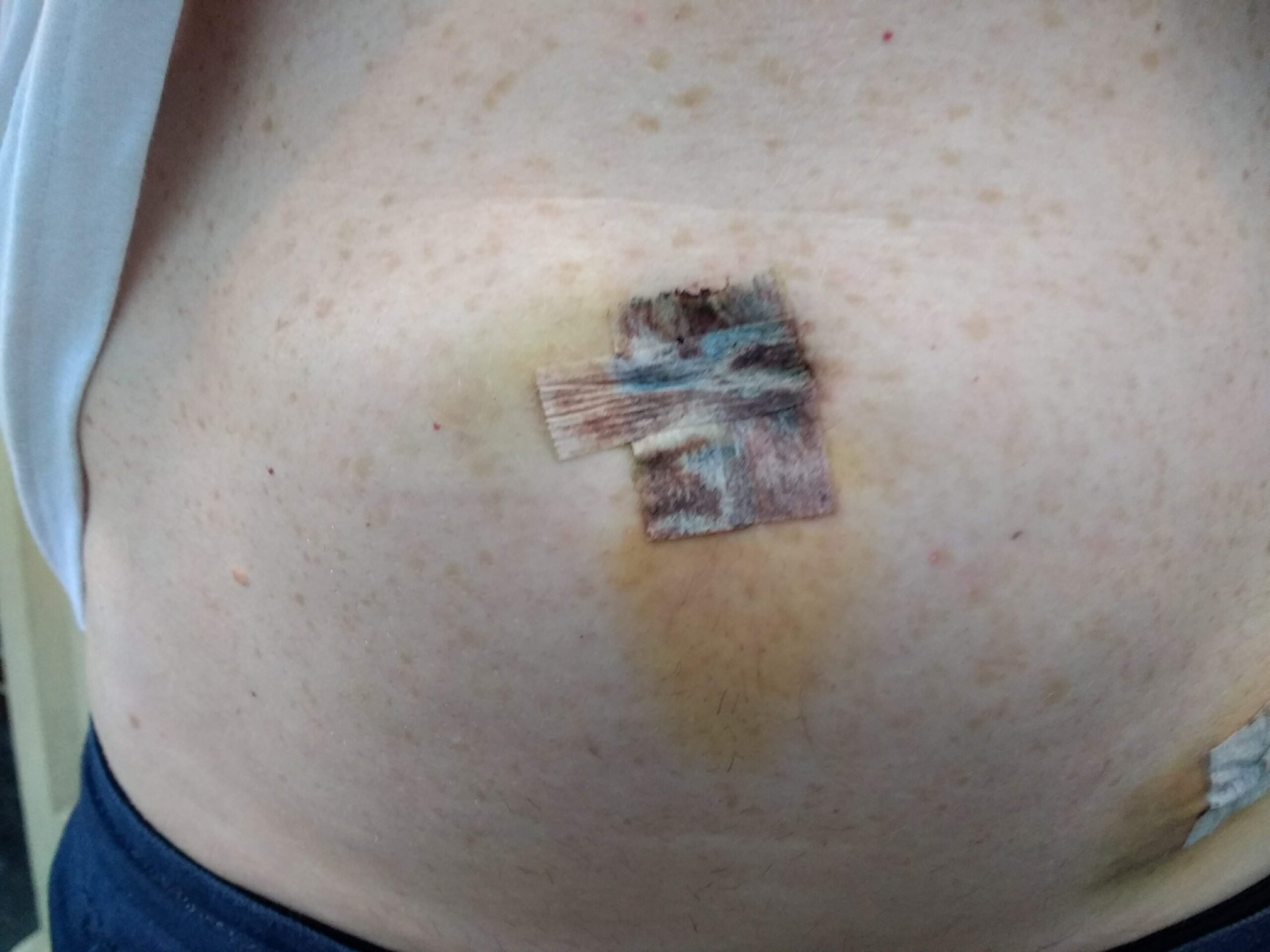Gallbladder removal, medically known as cholecystectomy, is a standard surgical procedure that addresses gallbladder-related complications. Understanding the procedure, its benefits, and recovery process can help patients make informed decisions about their treatment. Here is more information on gallbladder removal surgery:
What Is Gallbladder Removal?
Gallbladder removal is a surgical procedure that involves the complete extraction of the gallbladder from the body. The gallbladder is a small, pear-shaped organ located beneath the liver that stores bile produced by the liver. During digestion, the gallbladder releases bile into the small intestine to help break down fats.
When the gallbladder becomes diseased or develops complications, surgical removal may be necessary. The human body can function normally without a gallbladder, as bile continues to flow directly from the liver into the small intestine. This adaptation allows patients to maintain normal digestive function after the procedure.
Why Is It Conducted?
Medical professionals recommend this surgery for several conditions that cause significant symptoms or complications. Gallstones represent the most common reason for this surgery, particularly when they cause severe pain, infection, or blockage of the bile ducts. Chronic gallbladder inflammation, known as cholecystitis, may also require surgical intervention.
Other conditions that may necessitate gallbladder removal include gallbladder polyps, gallbladder cancer, and bile duct stones. Patients experiencing repeated episodes of biliary colic or those with complications from gallstone pancreatitis may also be candidates for surgery. The decision to proceed with removal depends on the severity of symptoms, the frequency of episodes, and the overall health of the patient.
What Does the Process Involve?
Multiple surgical approaches exist for gallbladder removal. Each has distinct characteristics and applications. The choice of technique depends on patient-specific factors and the complexity of the case.
Minimally Invasive Cholecystectomy
Laparoscopic cholecystectomy is a minimally invasive technique that involves making small incisions in the abdomen. Surgeons insert specialized instruments and a camera through these incisions to visualize and remove the gallbladder. The gallbladder is carefully dissected from surrounding tissues and removed through one of the small incisions.
Endoscopic Retrograde Cholangiopancreatography
During endoscopic retrograde cholangiopancreatography (ERCP), an endoscope is passed through the mouth, esophagus, and stomach to reach the small intestine. A contrast dye is injected into the bile or pancreatic ducts, and X-rays are taken to identify blockages, stones, or other abnormalities. A physician then removes the gallstones.
What Are the Benefits?
These surgeries offer symptom relief for patients experiencing gallbladder-related problems. Patients may experience complete resolution of biliary colic, the severe pain associated with gallbladder attacks. The elimination of pain episodes can improve quality of life, allowing patients to return to their normal daily activities.
The laparoscopic approach provides additional advantages over open surgery. Patients may experience reduced postoperative pain, shorter hospital stays, and a faster recovery time. Smaller incisions also result in reduced scarring and lower risk of wound complications.
What Is Recovery Like?
Recovery from minimally invasive surgery typically progresses more rapidly than open surgery. Patients may be able to return home within hours of the procedure and can resume light activities within a few days. Full recovery typically occurs within a few weeks, enabling patients to return to work and resume normal activities. Follow-up appointments allow surgeons to monitor healing progress and address any concerns.
Facilitate a Smooth Recovery
Gallbladder removal surgery provides effective treatment for various gallbladder conditions, offering patients relief from painful symptoms and preventing serious complications. Understanding the procedure details, benefits, and recovery expectations helps patients prepare for surgery and achieve improved outcomes. Consult with a qualified physician to discuss your specific situation and determine the most appropriate treatment approach for your gallbladder condition.

